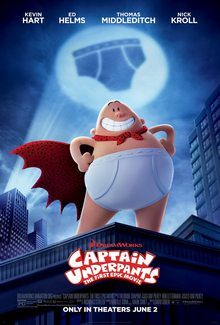“A Cautionary Tale”

| None | Light | Moderate | Heavy | |
|---|---|---|---|---|
| Language | ||||
| Violence | ||||
| Sex | ||||
| Nudity |
What You Need To Know:
FACTORY GIRL is a cautionary tale about celebrity and the 1960s drug culture. It also takes some appropriate shots at Warhol’s more shallow artistic creations. Its other messages are mixed, however, including its attitudes toward sex and homosexuality. Finally, the movie contains strong revisionist history, sex, nudity, and foul language. Apparently, Edie’s personal relationship with both Warhol and Dylan is fictionalized at important points.
Content:
(PaPa, B, HoHo, RHRH, LLL, V, S, NN, AA, DDD, MM) Strong mixed pagan worldview of the counter-culture surrounding pop artist Andy Warhol and singer-composer Bob Dylan, told as a biography of a model, Edie Sedgwick, who knew them both, with some moral elements about the cost of celebrity and the dangers of being addicted to speed and taking barbiturates with alcohol, plus some strong homosexual references, some of them pro-homosexual and some of which may be taken as anti-homosexual, plus strong apparent revisionist history; at least 26 obscenities, one strong profanity and two or three light profanities; strong sexual content includes two scenes of depicted fornication, woman claims her father took advantage of her, and a primary character is homosexual; two or three scenes with brief upper female nudity and rear male nudity, and some brief upper male nudity; alcohol use and drunkenness; cigarette smoking and very strong references to drugs, including speed, heroin, and barbiturates, with main character becoming a junkie who ruins her life; and, jealousy, conceit, wild parties, and personal cruelty.
More Detail:
FACTORY GIRL is a cautionary tale about celebrity and drug abuse. Warhol appears as a self-obsessed, possessive homosexual, but the movie has a sub-plot where Edie is haunted by the suicide of her dead brother, another homosexual who was rejected by her conservative, autocratic father. Thus, the movie has mixed moral messages that make it less effective. Also, the romance with Bob Dylan plays a bit far-fetched, which makes sense since the notion that they had a hot affair has been disputed. In fact, the timeline depicted in the movie is not the same timeline as described by some online biographies of Edie. For example, Edie apparently met Dylan a month before she met Warhol. The movie also contains depicted sex, sexual nudity and excessive foul language.
FACTORY GIRL depicts a moment in time, a time of cultural excess divorced from God and Jesus Christ. Although there was a thoughtfulness behind Warhol’s message about popular culture and advertising overtaking art, most of his art fails to point people to the higher beauty available in God’s Creation, of which human beings and their own creativity, including their popular culture, are a part.


 - Content:
- Content: 

